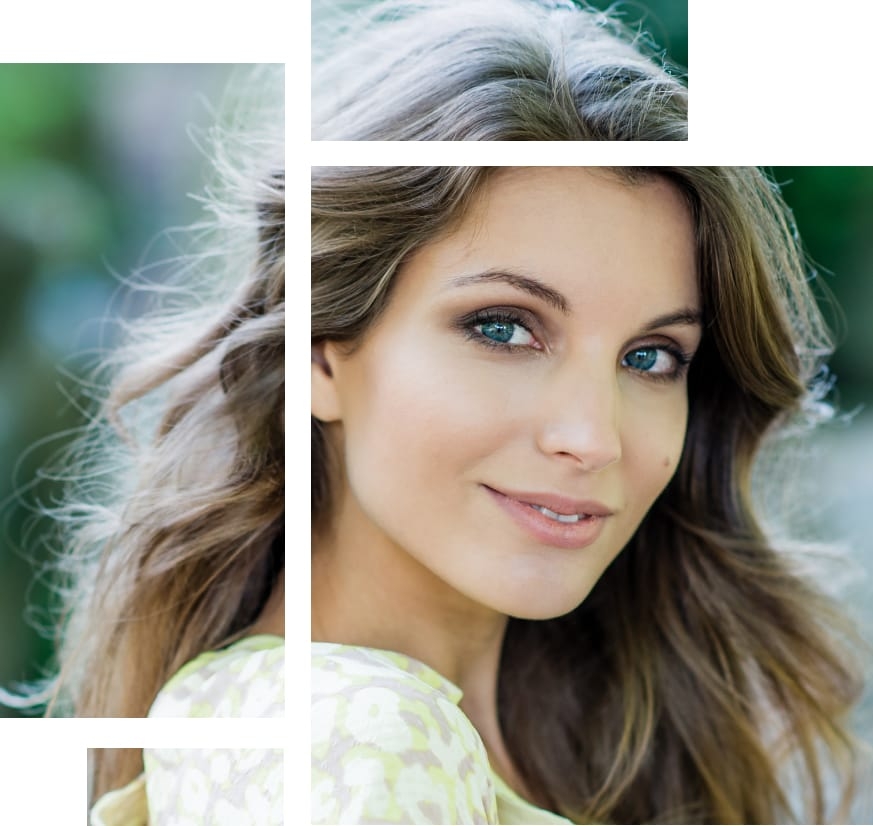
Dr. Daniel I. Shapiro, MD, FACS, a renowned Scottsdale plastic surgeon, is in the business of making people look and feel great. Cosmetic corrections have developed into discreetly performed procedures, creating results so natural it's as though a patient was born into all his or her features. While the final outcome can lead to higher self-esteem and a more desirable appearance, there is a healing period that must follow the surgery. During this time, patients may be especially sensitive to the appearance of the face, noticing bruising and swelling at every reflection. The visible phase of recovery is not likely to last more than a few weeks, though there are measures patients can take to enhance his or her features during this time.
Makeup Artistry Techniques: When and What to Use
One way to combat discoloration and puffiness is through the use of cosmetics. Dr. Shapiro will explain when post-operative patients may begin to use makeup during their recovery period, which can vary from one individual to the next. He may suggest that patients begin using cosmetics labeled to maintain the skin health of recently modified areas of the face.
How To Cover Bruises On The Face
Following facial plastic surgery, the blood vessels below the skin may become disrupted, leading to bruising. Rhinoplasty patients might notice local under-eye discoloration, while those recovering from facelift surgery may have more noticeable bruises throughout the face. Implant procedures such as chin implantation and jaw implant surgery can also leave behind these marks around the areas while they heal.
Bruises tend to change color throughout the duration of their healing, beginning as red or pink areas, and then morphing into blue and purple-toned spots. The end stage of contusions is typically brown, yellow, or even green in appearance. Using simple makeup artistry techniques developed from what artists know as the color wheel, colored concealers can counteract and cancel out unwanted hues. Red discoloration is neutralized through green correctors, while blue and purple tones are counteracted with yellow concealer. A daily use skin tone-colored concealer is suitable for end-stage bruising. After the color correction concealer is lightly applied with a clean brush or sponge, a foundation can be applied over top of it. When choosing the best concealer for bruising after surgery, opt for a highly pigmented, full-coverage formula that is also fragrance-free and non-comedogenic to avoid irritation on sensitive healing skin.
Contouring to Counteract Swelling
Extra volume of the face is unappealing, as contours are an important part of an attractive face. Though swelling can be controlled through doctor-prescribed methods of icing and medication, makeup can aid one's physical appearance. Cosmetic Contouring makes use of dark and light colors (within the natural skin tone range) to add depth to the face. Those who regularly use cosmetic products are familiar with bronzers and highlighters, which can be used to shape the face. The purpose of a bronzer is to create a sun-kissed look when swept over the face. Strategic use of this product below the cheek bones, on the forehead, blended into the hairline, and at the point of the chin can create the optical illusion of shadows and depth. A highlighter, which tends to be a light-colored reflective cosmetic, can be blended atop the bronzer for maximum contouring.
Accentuating Features to Distract From Healing
If a patient undergoes a lip augmentation surgery or a lip reduction procedure, the lips may be swollen and bruised. This facial feature can be difficult to camouflage, but other, bolder features can draw attention away from them. By placing emphasis on the eyes or cheeks, others will pay less attention to the mouth. Rather than using lipstick and gloss products, it may be best use only lip balm for light hydration.
The same approach holds true for other facial cosmetic procedures. A Rhinoplasty affects the mid-face, but can be masked when emphasis is added to other areas of the face. When able, Dr. Shapiro's post-operative patients can use a natural foundation (sometimes a mineral foundation is recommended) to create uniformity amongst the skin of the face.
Facial Hair Can Conceal Surgical Work
Some men may feel uncomfortable resorting to cosmetics to conceal a facial plastic surgery. Luckily, they have the benefit of facial hair, which can easily hide the healing stages of a facial plastic surgery, including chin augmentation, facial and neck liposuction, and even cheek implants or fat grafts. Facial hair can also be customized to provide ideal contours. Face lift surgery may leave incisions around the hairline or behind the ears, but a longer hairstyle can create a temporary fix while a patient heals.
Clothing and Accessories Disguise Plastic Surgery Bruises
A person's first public appearance following a facial plastic surgery can create some anxiety if they have not yet fully healed. Certain styles of dress help to cover recently operated areas and allow a patient to feel confident about their appearance. Sunglasses may hide bruises and swelling caused by rhinoplasty, while a loose-fitting hat may help to conceal the after-effects of a facelift. A collared shirt or scarf will cover a neck lift procedure. There are a number of combinations that can provide Dr. Shapiro's patients with a discreet and comfortable post-surgical look.
Dr. Shapiro Phoenix Area Plastic Surgeon
Trusted surgeon, Dr. Shapiro, offers a wide array of services at his Scottsdale practice. From facial procedures to body contouring, the doctor is supported by a long-term, full, professional staff. Email the office through the Patient Contact Form, or call (480) 681-6218 to set up a consultation appointment.


